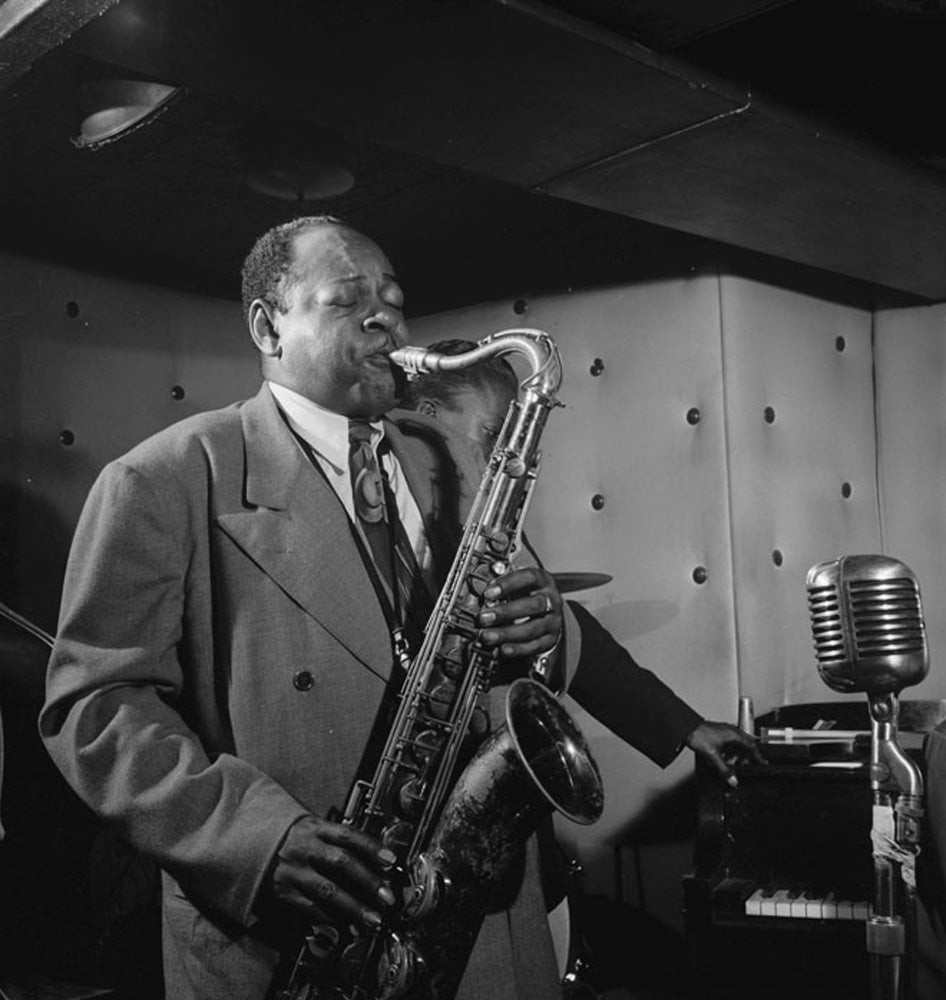Coleman Hawkins

Coleman Hawkins was born in 1904 in Saint Joseph, Missouri. After practicing piano and cello, he began playing tenor saxophone at the age of nine.
He became professional as a teenager, and was noticed by the blues singer Mamie Smith who invited him to join her Jazz Hounds. In 1922, he was hired by Fletcher Henderson's orchestra, who made him the first real soloist in the history of the saxophone. He refined his playing there, notably with Louis Armstrong who joined the orchestra shortly after him, and quickly established himself as the star of the tenor saxophone. His vibrato became more powerful, his sound became thicker, and the staccato gradually gave way to the legato.
Hawkins leaves the orchestra in 1934 and leaves for Europe. He stays there for five years and collaborates with Benny Carter, Alix Combelle and Django Reinhardt among others. It is during this period that he adopts the tenor Balanced Action, to which he will remain faithful until the release of the Mark VI in 1954. Upon his return to the United States, he recorded Body and Soul, a masterpiece of improvisation imbued with lyricism that stood out from the swing of the time and turned the jazz world upside down.
In the 1940s, he recorded with young bebop and avant-garde musicians such as Dizzy Gillespie, Miles Davis and Thelonious Monk, whose careers he helped launch. The beginning of the following decade is marked by the success of emerging artists such as Charlie Parker and Lester Young; Hawkins records little. He had to wait until 1957 to be reborn alongside Thelonious Monk and John Coltrane with the album Monk's Music. He then recorded several important records including the remarkable Duke Ellington Meets Coleman Hawkins.
Deceased in 1969, Coleman Hawkins is considered by some as the father of the tenor saxophone.
Photo credit : William P. Gottlieb, Library of Congress, Washington
